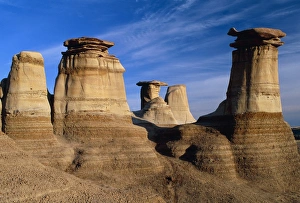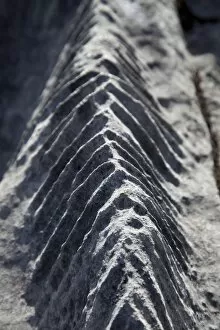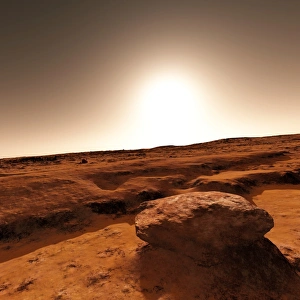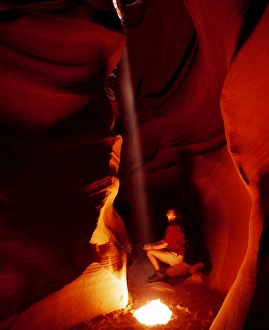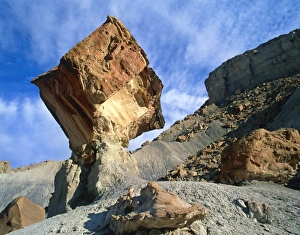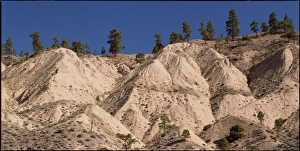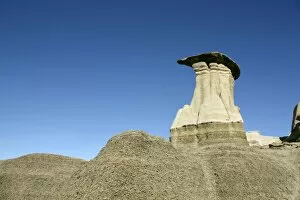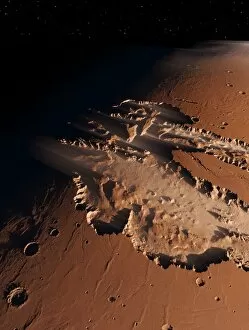Water Erosion Collection
Water erosion is a powerful force of nature that has shaped some of the most breathtaking landscapes around the world
All Professionally Made to Order for Quick Shipping
Water erosion is a powerful force of nature that has shaped some of the most breathtaking landscapes around the world. From sea stacks and arcs formed by water erosion in northern California to the mesmerizing Tsingy de Bemaraha in Madagascar, these natural wonders are a testament to the immense power of water. In northern California, sea stacks and arcs stand tall against crashing waves, their unique formations created over centuries by relentless water erosion. Meanwhile, Tsingy de Bemaraha in Madagascar showcases jagged limestone peaks carved out by years of flowing water, creating an otherworldly landscape that seems straight out of a fantasy novel. Traveling across continents, we find ourselves in New Zealand where limestone pavement stretches as far as the eye can see. This intricate patterned terrain is a result of countless years of water wearing away at the rock surface, leaving behind an awe-inspiring mosaic. Venturing underground, Gaping Gill Cave in North America's California invites explorers into its mysterious depths. Carved by persistent streams over time, this cave serves as a reminder that even hidden beneath our feet lies evidence of water's unyielding erosive powers. Back on land along coastal cliffs in California or British Columbia's rugged shores, we witness firsthand how relentless waves have sculpted towering cliffs through ceaseless erosion. These majestic formations serve as reminders that even solid rock can be transformed under nature's patient touch. Looking beyond Earth itself for inspiration, artists imagine what Martian landscapes might look like if subjected to similar forces. Their artwork depicts vast deserts with deep ravines and towering mesas eroded by ancient rivers – reminding us that even on distant planets millions of miles away from home; water remains one of nature's most potent sculptors. Finally, down under in Australia stands Three Sisters rock formation – three imposing pillars standing proudly amidst lush greenery. Over countless millennia, these sandstone giants have been shaped and reshaped by wind and water, standing as a testament to the ever-changing nature of our planet.


